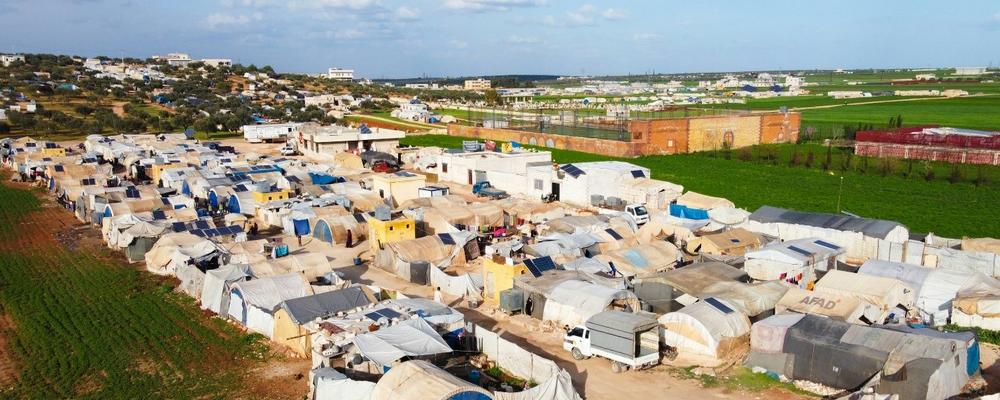
Linkages between migration, forced displacement and environment, and climate change
Migration, forced displacement, planned relocation, and other forms of mobility, are complex issues with underlying factors that are highly context specific. There are various linkages between migration and environmental issues at large, but climate change adds to the complexity.
Migration as an adaptation strategy
Migration can be a proactive choice when it is used as a way to reduce vulnerability to environmental degradation and climate change and secure safer or better living conditions. For example, local, rural-to-urban, or other internal movements within a country can decrease risks. If migration increases the resilience of the people migrating and host communities and improves well-being and inequalities, it can be an effective adaptation option. Further, migration can alleviate pressure on natural resources in the origin area, helping to reduce potential conflicts.
Increased pressure as a driving force
There is no consensus that climate change directly causes migration but it can exacerbate existing social, economic, and environmental challenges. Climate change and environmental degradation intensify the effects of poverty by reducing access to natural resources and loss of livelihoods and creating tensions over declining resources. These pressures may contribute to, or act as a driving force for migration and forced displacement.
Forced displacements following floods, storms, droughts and other weather-related hazards triggered 359 million internal displacements worldwide during 2008-2021. By the end of 2023, 4.7 million people were still living in internal displacement due to this type of disasters. A changing climate makes life even more difficult for those already displaced.
Understanding the complexity
Importantly, for understanding climate change related migration or displacement, there is a need to disentangle and quantify to what degree the mentioned factors and others play a role and how they are linked to poverty and vulnerability, how they interlink, and in which context. Further, the geographical dimension plays a role. The large majority of people move within their country of residence and become internal migrants. A smaller part cross borders and become international migrants in the near region. Temporary moves of people within short distances are common.
Environmental, political, socioeconomic, cultural, and personal choices all play a more or less forcing role leading to, or preventing migration.